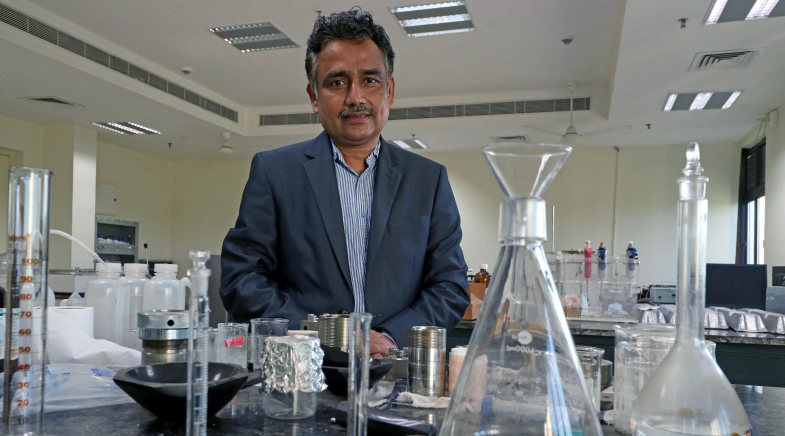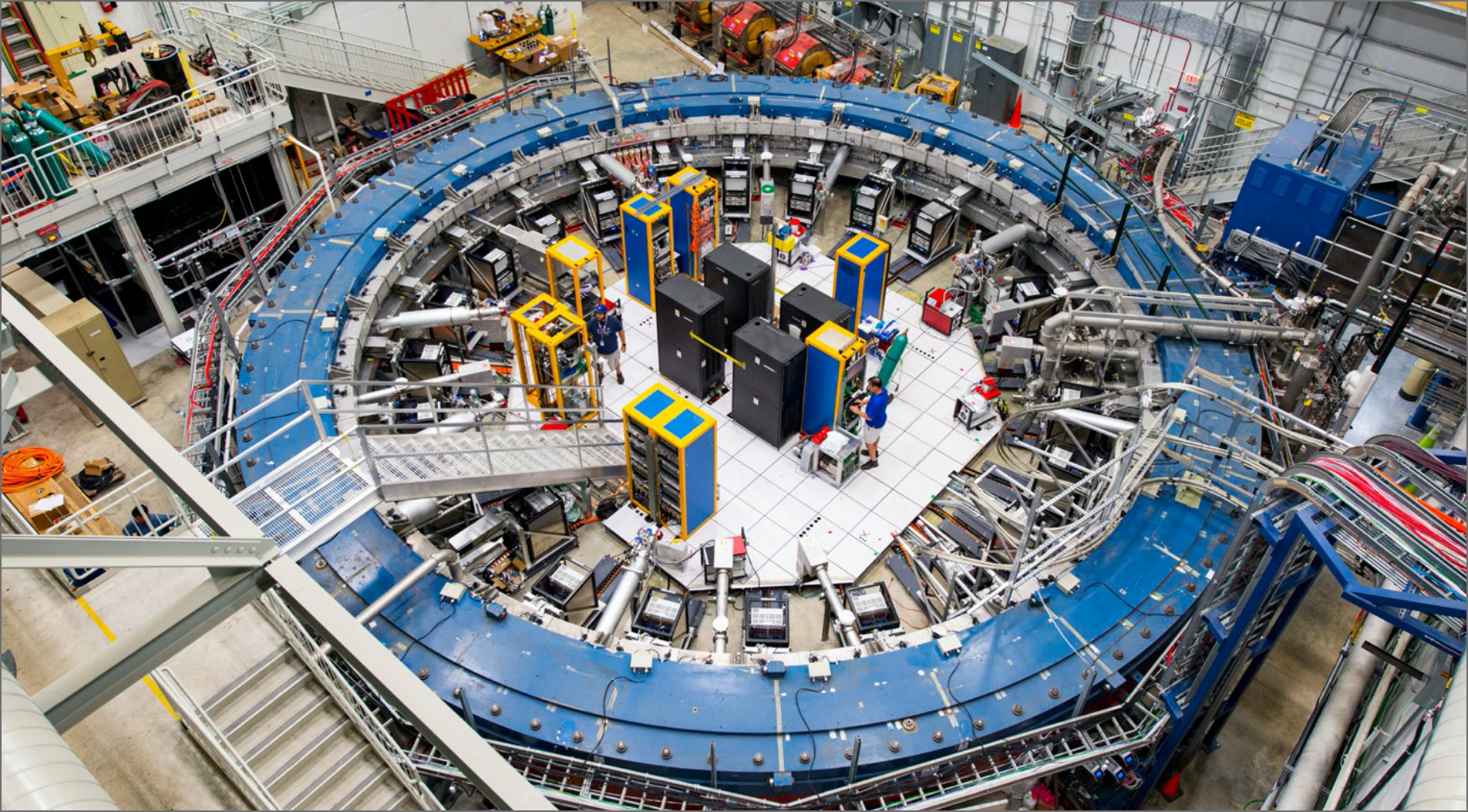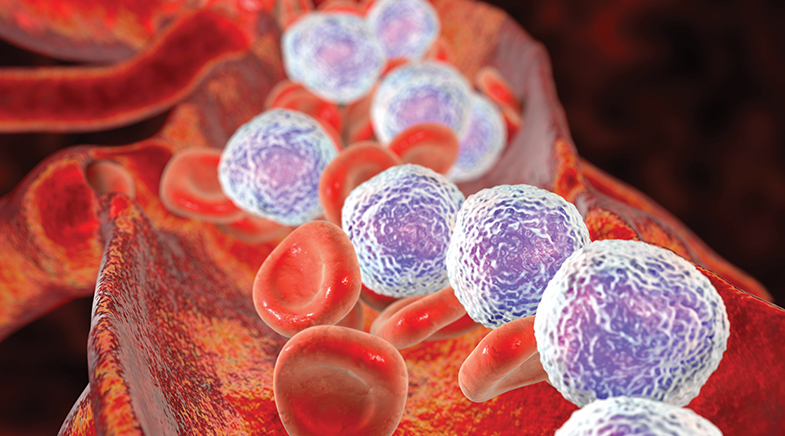A matrix-shifting material
-
- from Shaastra :: vol 01 edition 03 :: Sep - Oct 2021

Fusing graphene with aluminium, scientists at IIT Bhubaneswar have fashioned a composite that is high on thermal and electrical conductivity and cheaper than copper.
Saroj Nayak was working as a Professor at Rensselaer Polytechnic in New York State when the wonder material graphene was made for the first time. The carbon allotrope - different physical forms of an element - was the world's thinnest and strongest material, and a study of its properties convinced him that it might offer a solution to several unanswered questions in physics. It took him a decade and a half to make a material with useful properties: graphene in an aluminium matrix that can be a substitute for copper.
Around the year 2000, the semi-conductor industry had started shifting from aluminium to copper owing to the degradation of electrical conductivity in small alumina wires. Copper was an adequate substitute for aluminium due to its conductivity, but it cost more. The engineering challenge was to modify aluminium and give it properties comparable to those of copper, but also make it economically viable. Nayak, now the Dean of the School of Basic Sciences in IIT Bhubaneswar, started working with graphene-incorporated aluminium (Al-Gr) to find if it could replace copper.
The high tensile strength and electrical conductivity of graphene have in the past prompted several experiments around the world. Soon after its discovery, graphene was incorporated with iron and copper to get a new and improved material, with better properties than the matrix metal. There has also been research on the mechanical strength of Al-Gr, but IIT Bhubaneswar is among the first to study its thermal and electrical properties.
"When you study the nanotechnology of aluminium, you see a lot of wonderful properties not found in normal aluminium. The purpose of the research was to use aluminium in nanoscale with graphene and study its emerging properties. We wanted to see if we can make aluminium as good as copper at less or the same price," says Nayak.
Initially, Nayak and his colleagues took 0.1-0.5% of two to five layers of nanosize graphene and incorporated it into the body of aluminium by milling it in a high-energy ball mill for about 10 hours in an inert atmospheric set-up. Over time, the team devised new methods that are scalable and take less time. They found that the electrical conductivity of the modified aluminium increased marginally, but the thermal conductivity increased dramatically.
Al-Gr can replace copper wires in automobiles, laptops, and LED lights.
The Al-Gr (5% weight of graphene) composite has a thermal conductivity of approximately 410 W/mK, higher than the thermal conductivity of copper (approximately 402 W/mK). However, beyond a certain concentration of graphene (over 5%), the electrical conductivity of the material degraded, while the thermal conductivity kept increasing.
Graphene has an exceptional thermal conductivity, but it is quite expensive and difficult for large-scale commercial production. Copper, on the other hand, has better conductivity and is stronger than aluminium, but is three times more expensive than aluminium.
So, IIT Bhubaneswar has demonstrated a suitable replacement for copper for primarily application in heat sinks, electrical devices and heat exchangers. Since only a fraction of graphene is mixed with aluminium, the modified Al-Gr composite is also cost-effective.
"A lot of deep physics and application of graphene has already been explored. But this study has found that the Al-Gr composite increases the electrical and thermal conductivity of aluminium, making it better than copper. It is really exciting. If Al-Gr can replace copper, it will have a huge commercial impact," says Prof. Abhishek Singh at the Indian Institute of Science, Bengaluru, who has worked on graphene and graphene-derived materials since 2004, but is not connected with Nayak's work.
Nayak's research has opened up several avenues on the application of the modified aluminium. Al-Gr can replace copper wires for some products in automobiles, laptops or LED lights. It can also be used in several thermal and electrical devices to produce high-quality, low-cost products.
For example, high tension wires, mostly made of aluminium, can get degraded over time due to quantum effects. Al-Gr can be used as a substitute to increase the lifespan of the wires. In air-conditioners, Al-Gr can substitute copper as a heat exchanger.
"Initially, we didn't anticipate the applications. But after our paper got published in 2019, some national and international companies approached us seeking help on scaling up our technology for different applications," says Nayak.
While Nayak's group is looking at further applications of Al-Gr, the challenge now is to scale up the technology and make it commercially viable. "The challenge is to take it from the lab to the industrial plant. We are looking to collaborate with industries to produce and market goods that can be used by common people," says Prof. Bijoy Satpathy, visiting Scientist, IIT Bhubaneswar, also a part of the project.
The National Aluminium Company Limited (NALCO) has provided ₹2.5 crore for the project and jointly owns the Intellectual Property Rights for the technology along with IIT Bhubaneswar. Nayak had received grants from the Ministry of Human Resource Development as well.
Have a
story idea?
Tell us.
Do you have a recent research paper or an idea for a science/technology-themed article that you'd like to tell us about?
GET IN TOUCH














